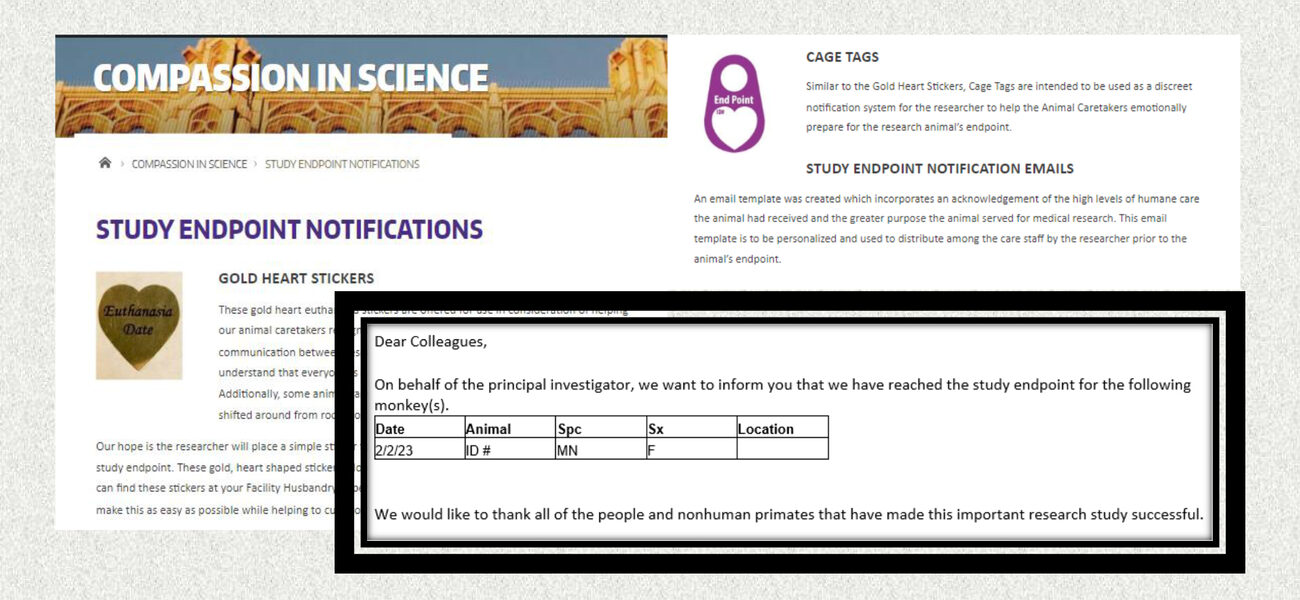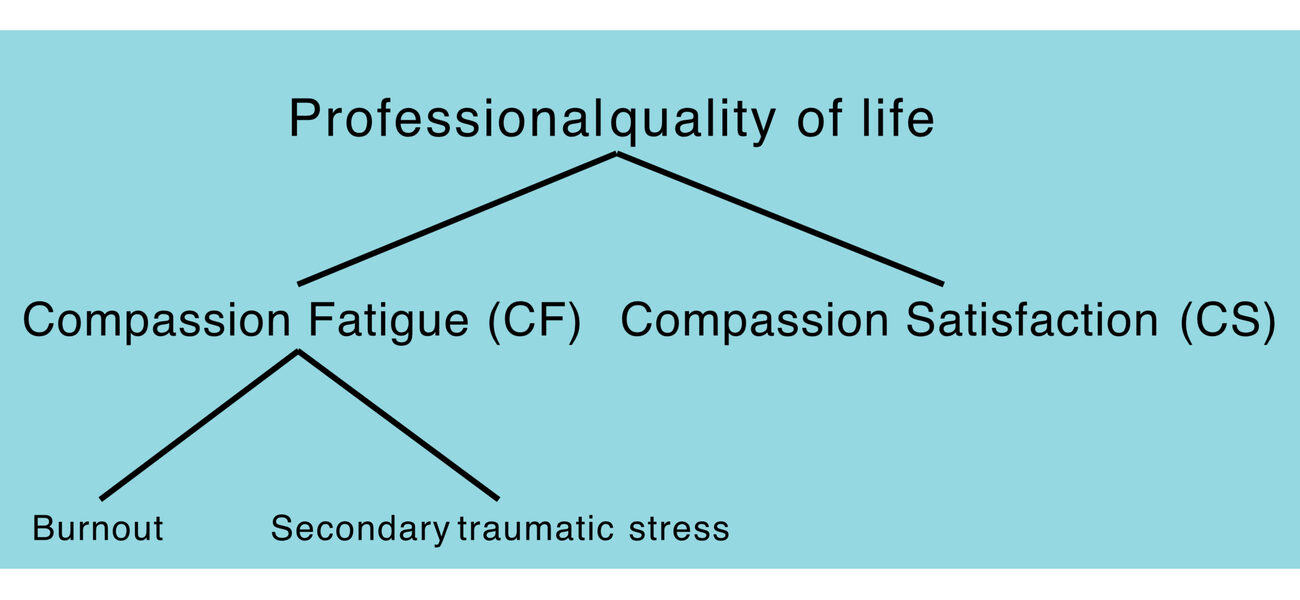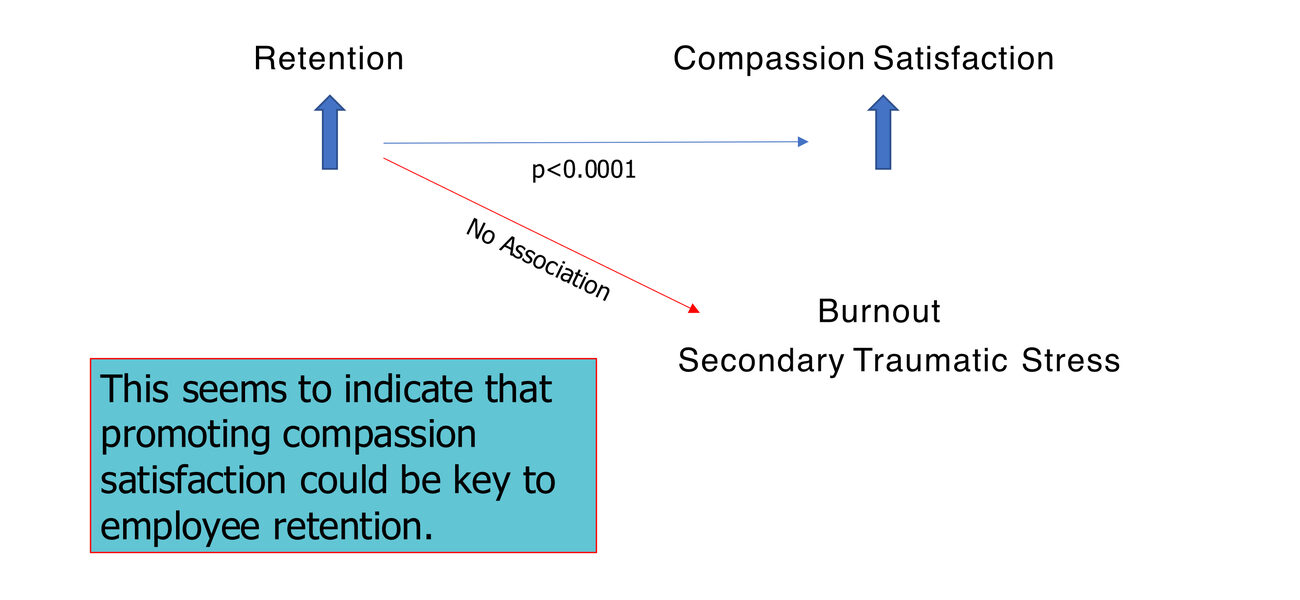Optimizing facilities is about the people and animals inside the buildings just as much as it is about the buildings themselves. As a facility with a One Health focus, University of Washington (UW) vivariums operate within the framework that humans, animals, and the environment are interconnected, and that caring for one means caring for the other two. While the concept behind One Health has informed the global scientific community since the beginning of modern medicine, the term and its application to vivarium facilities management is relatively new.
“When we design facilities, we have to think about how those designs incorporate emotional and mental wellbeing,” says Sally Thompson-Iritani, DVM/Ph.D., assistant vice provost for animal care, outreach & 3Rs at the UW’s Office of Research.
People Make the Science
Of course, people are an important part of this framework, and having happy employees leads to better results. For every biomedical study that uses research animals, there are laboratory animal professionals (LAPs) who care for those animals. LAPs include everyone who is involved in the care of research animals, including veterinarians, daily care staff, facilities staff, janitorial staff, and Institutional Animal Care and Use Committee Members.
The flipside is that having unhappy employees can create negative institutional symptoms such as decreased employee retention, which, in the case of vivarium facilities, ultimately disrupts the scientific process and impacts research quality. This is problematic, as animal research continues to be necessary to understand diseases and develop therapeutics.
Employee retention is a persistent issue among LAPs, who face unique stressors in their animal caregiving role. With the human-animal bond being strong, LAPs are prone to experience compassion fatigue, which is characterized by various symptoms such as exhaustion, feelings of hopelessness towards their job, and absenteeism. Compassion fatigue can also lead to burnout and secondary traumatic stress. Some LAPs deal on a regular basis with animal euthanasia, which can cause significant distress.
While these mental and emotional challenges among animal research personnel are real and impactful, they remain a somewhat neglected issue in the research world, possibly because of the bias towards Hippocratic stoicism that has traditionally undergirded medical science.
UW shifts the paradigm with Dare2Care Compassion in Science, a program of interventions designed to address compassion fatigue by encouraging compassion resilience, or the ability to cope with negative emotions in a healthy way. Planning for Dare2Care began in 2016, and program implementation began in 2017.
Applying Therapeutic Frameworks to the Workplace
To inform program development, it was helpful to use a therapeutic toolbox, and “meet people where they were at in their emotional and mental space,” says Thompson-Iritani.
The “Four Phases of Career Evolution” describes the typical progression of phases that workers go through, commonly cycling back and forth among the phases: 1) Honeymoon, 2) Depression, 3) Anger, and 4) Resilience. In the honeymoon phase, people tend to be enthusiastic about their job and are ready to take on the world. Then comes depression, after the initial surge of energy wanes and challenges mount. In phase three, depression turns to anger, and people may feel hopelessness and rage. Resilience can be achieved in phase four, when people regain perspective and assume a new determination in their work. Understanding where a person is in their career evolution can inform what kind of interventions would be most helpful to them.
When it comes to interventions, different people may value different things. The “languages of appreciation” framework posits four different kinds of languages: 1) Words of Affirmation, 2) Acts of Service, 3) Tangible Gifts, and 4) Quality Time. One person may feel appreciated upon receiving a gift card, whereas another may value hearing that they’ve done a good job. A short assessment can reveal someone’s preferences, and supervisors can survey their staff to further personalize communication.
In terms of overall well-being, the “window of tolerance” is a visual model of how much stress a person can handle at a time. When a person is balanced and calm, their window is large, and can “fit” whatever challenges come their way. Self-care and support can expand the window. Conversely, stress and trauma can shrink the window, sometimes to the point where a person is “kicked out” of the window and out of control. Knowing what someone’s window looks like at any given time is helpful information when providing support.
Finally, the “Survival Strategies” framework for caregivers who experience traumatic stress can help distinguish between adaptive and maladaptive coping behaviors, as well as identify trauma responses.
All of these frameworks can serve as barometers for what employees may be experiencing in their workplace, and inform what they might need to be at their best.
Developing and Assessing a Program of Intervention
Thompson-Iritani and her colleagues knew there were challenges among personnel, but in order to find solutions, they needed data. First, they did a needs assessment of LAPs to identify opportunities for intervention. One study showed that euthanasia distress was related to higher levels of compassion fatigue and lower levels of compassion satisfaction, or feelings of positivity. Another study showed that having to use physical (as opposed to chemical) euthanasia methods, and having less control over performing euthanasia, were associated with poorer professional quality of life.
These study results aligned with an internal needs assessment among LAPs that showed that it was important for them to know when animals were nearing their endpoint. The needs assessment also showed that people wanted to have nicer break rooms.
Based on the needs assessment at UW, the following interventions were implemented as part of Dare2Care:
- Study Endpoint Notifications – Gold heart euthanasia stickers are placed on animal enclosures; an email template can also be used.
- Window Project – Windowless break rooms are enhanced with stick-on windows, as well as frames with art.
- Break Room Project – Break rooms are physically enhanced with things such as lighting, paint, and furniture.
- Box Project – A place where people can anonymously acknowledge animals with cards or pictures.
- Reflections – Gather to remember an animal or study as an annual commemoration.
- Seminar series – Researchers communicate with LAPs about their work.
To assess the effectiveness of program interventions on compassion fatigue longitudinally, UW teamed up with The 3Rs Collaborative, an organization that advocates for research animal well-being. Importantly, the longitudinal study showed that higher compassion satisfaction was associated with job retention. The study also showed that compassion satisfaction and job satisfaction were correlated, and that decreased job satisfaction is associated with burnout.
The Professional Quality of Life (ProQOL) tool was used to measure compassion fatigue and compassion satisfaction. Other variables measured longitudinally included perceived stress, resiliency, workplace satisfaction, and retention.
Progress and Spreading the Word
As more data continues to be collected for the longitudinal study, change is happening. Compassion resilience training at UW is now incorporated into the online training for any potential LAPs, and a compassion fatigue component has been added to the annual occupational health questionnaire. Peer support is also available to staff through a phone and text line.
In terms of cost, leadership buy-in at UW has been relatively productive. “We have now been able to invest resources in this because we have shown outcome and we have shown impact,” says Thompson-Iritani. “Show the impact of employee retention—that will make the difference.”
All seven National Primate Research Centers now have a Compassion and Resiliency in the Animal Care Environment (CARE) program and participate in the 3R Collaborative Compassion Fatigue Initiative.
UW and 3R Collaborative continue to work together with other organizations to share what they know, gather data, and advise others on how to develop their own compassion resilience program.
By Joy Lin



